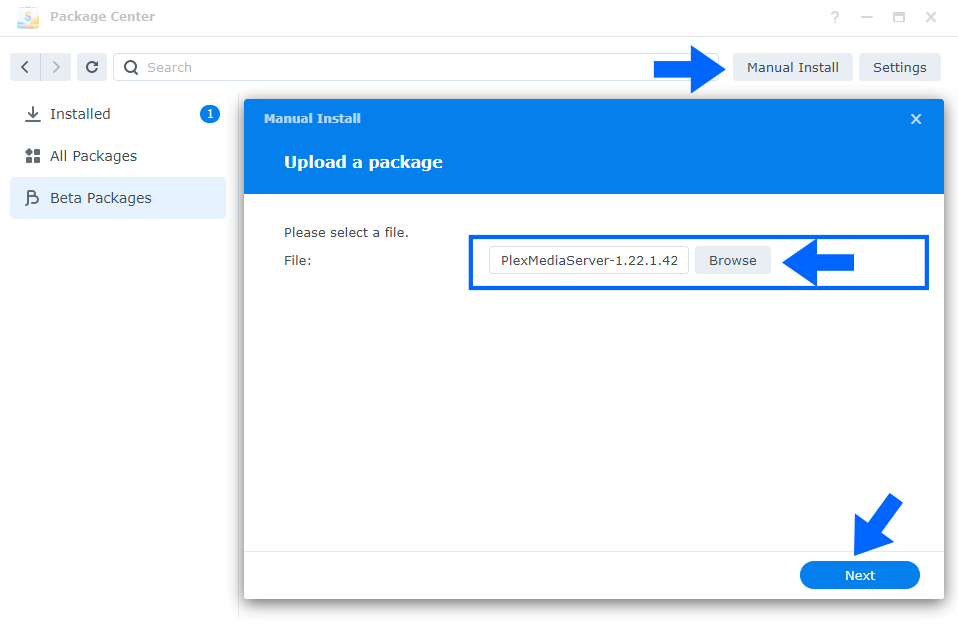
External Hard drive or USB Drive (For storing movies, music & photos).You will need the following equipment to be able to complete this Raspberry Pi Plex server tutorial. If you are after an alternative completely free media server, you can also check out Jellyfin. If you just want a single client without the whole server setup, then something like the Raspberry Pi Kodi media center might interest you more. It really is a fantastic home media solution. The Plex client is supported on a ton of devices including Windows, Apple, Android, Amazon Fire TV, Chromecast, Xbox, PlayStation, Linux, and so much more.

It is great as you don’t need to have multiple copies of the same media across several devices. You can then have multiple clients connect to the same server. In this case, we will be using the Raspberry Pi. This setup means you can have all your movies, music, and photos located on the one device, the server. Plex is a client-server setup where the client directly streams data from the Plex media server. You can also set it up to be accessed outside your local network. This project is perfect for anyone who wants to have a media server that can be accessed by anyone within a household.

I think if the documented process does not work, there would have been lots of forum posts saying so.In this tutorial, I go through all the steps to getting your very own Raspberry Pi plex server up and running. In my case when i migrated from drive letter to unc path on the same system forgetting to set the keep trash option - my media took almost two weeks to be re-populated - but i did have indexing enabled then. It is the setting to not empty the trash ( second support page) that should allow re-use of the old metadata after copy the media and editing the new PMS libraries to add the new media paths and do an update / refresh - this would re-scan the media but should discover the old metadata in the trash and use it. It is the copying over of the Registry Settings ( first support page) that should preserve the MachineIdntifier / ProcessedMachineIdentifier and preserve the information held at user account for the server I think it also re-downloaded all info for each file. The result: On my new PC every single file I have re-scanned and in now marked as not watched. They had different drive letters on the new PC. I also copied the registry entry from Windows 7.Ĭonnected my external hard drives to the new PC. I was going from Windows 7 to Windows 8.1 on a new machine.Ĭopied over 9GB of Metadata 4GB of Cache 280MB of Media 36MB of Logs I followed the "Move an Install to Another System" to the letter and it has failed miserably. Hi, thought I would jump in this thread as I have a similar issue.


 0 kommentar(er)
0 kommentar(er)
